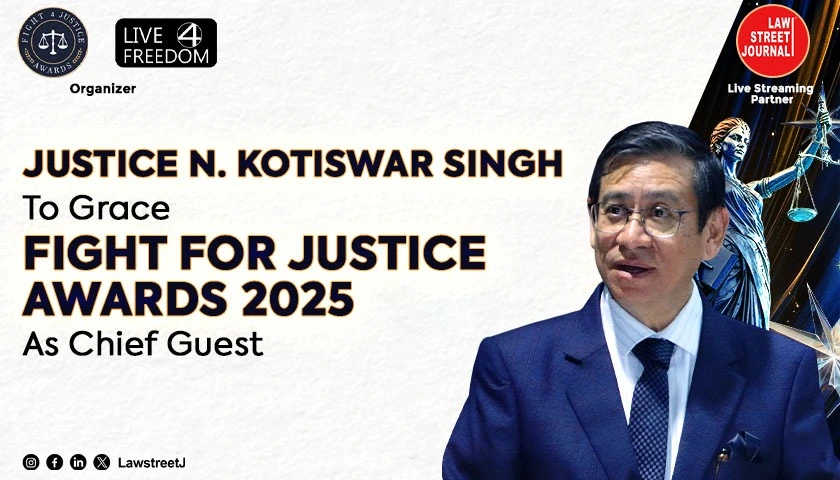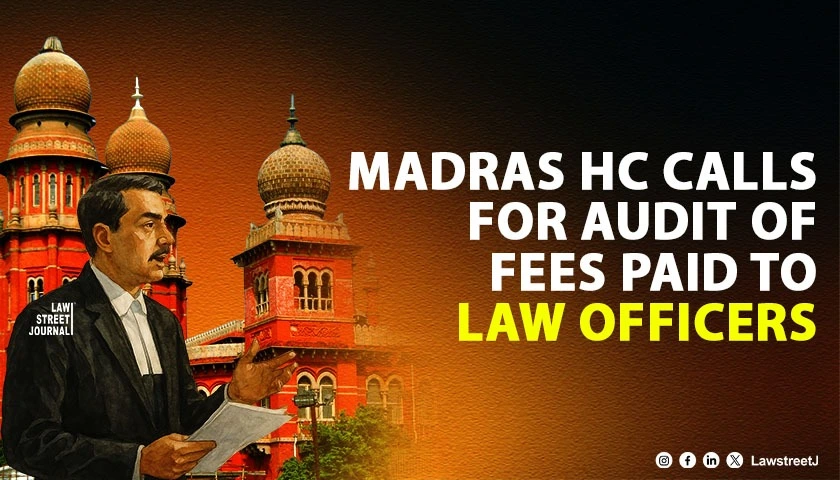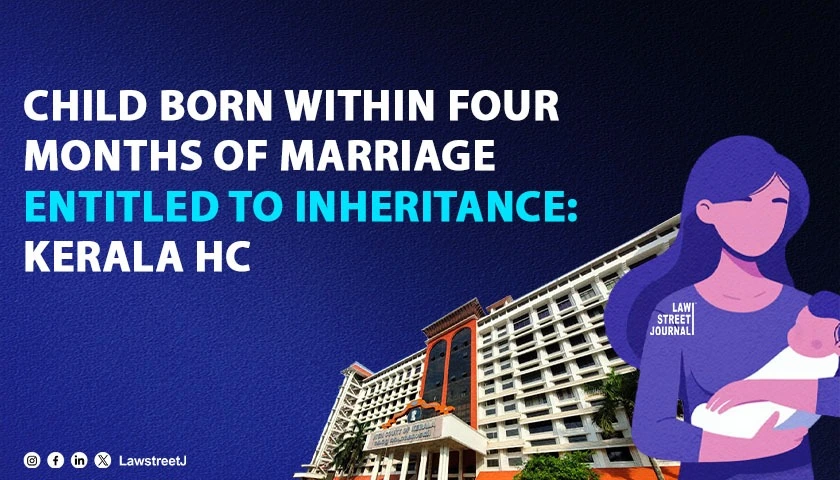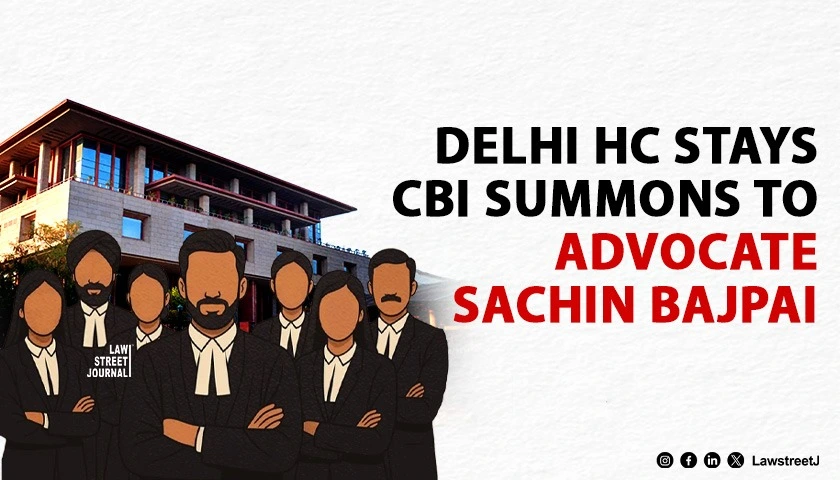Kerala High Court Advocates Association (KHCAA) has filed two reports highlighting the legal and technical problems with the new e-filing rules introduced by the Kerala High Court.
The letter addressed by the KHCAA to the Chief Justice and other judges of the Kerala High Court apprised how the sudden introduction and implementation of the E-filing Rules have put the High Court Bar in great distress.
Although these Rules were implemented on 7th May 2021, the KHCAA only came to know of the same on 11th May 2021. The absence of pre-legislative consultation was cited to be a legal disability emanating from the improper introduction.
The Legal Committee comprising of Adv.M.P.Asok Kumar(Chairman), Adv. S.Mohammed Al Rafi(Convenor), Adv. P.Chandrasekhar, Adv. D.Kishore, Adv. Jolly John and Adv. T.B.Hood, the committee also looked into the legal defects of the e-filing rules.
Further adding that the introduction of the rues has obstructed the speedy disposal, effective administration of justice and brings incurable hurdles and practical difficulties to the lawyers and litigants un filing applications. Noting how the Article 225 or 227 cannot be forced n=into operation and Art.225 only saves the High Court's jurisdiction and powers as it existed immediately before the commencement of the Constitution, Art.227 can be applied only for regulating the practice before the Subordinate Courts, Section 122 of CPC mandated previous publication for making rules, whereas the e-filing Rules were made and notified without previous publication.
Similarly, the said e-filing Rules could only be effected in the absence of prior legally valid subordinate legislation. However, the Kerala High Court Rules and Kerala Civil Rules of Practice are enabling provisions already governing the procedure for filing cases in the High Court.
Highlighting the defects and Illegalities in the Rules, the committee in its report enumerated the following problems.
- Under Rule2(a), an Advocate is equated with officers of the prosecuting agencies which is inconsistent with Sec.30 of the Advocates Act. Moreover, officers of the prosecuting agencies are not defined.
- Rule 2(f)' defined a Court by including Tribunals as well. But the power to frame rules of practice before these Tribunals are provided under special Statutes under which these Tribunals have been created.
- Rule 2(g) provides for Designated Counters, but their definition and functions are not clear in the Rules. It is merely a helpline portal provided on the website of the Courts and is not manned by High Court personnel or any outside professional agency.
- Rules 2(h) and (o) insisted on 'Digital Signature and Electronic Signature' on all documents, which is practically impossible. Moreover, as long as the IT Act was in force, it is not legal for the High Court to insist that the rendering of an electronic record in a singular type of electronic form only.
- While defining 'e-filer', Rule 2(j) failed to include Law Firms. Additionally, there was no provision for multiple login IDs and passwords in the case of LLP and firms.
- Under Rule 2(r), an objection is defined as deficiency and errors in relation to pleadings or documents. But these are matters to be adjudicated by the Court and not by the Registry.
- Rule 2(zb) defines technical failure in a manner that fully protects the Court officers in the event of any failure of hardware or software. Rather, the lawyer is made liable for such a malfunction, which is discriminatory, unfair, and unreasonable.
- Rule 3(3) deals with the filing of all actions whether fresh, pending, or disposed of cases by the e-filer, which is inconsistent with the provisions of the Indian Evidence Act.
- Rule3(4) is silent about the quantum of charges to be paid to access E Filing Portal at the Designated Counter, although payment is mandatory. The stipulation that the file should not exceed 100 MB was also found to be improper.
- E-filer cannot always ensure that the pleadings and documents filed by him do not contain any malware or virus that might be harmful to the e-filing system. Hence, Rule 4(8) is unworkable and highly discriminatory.
- The penal provision of Rule 4(9) not only drags the E Filer into insurmountable difficulty but also contravenes Section 35 of the Advocates Act which empowers only the Bar Council to discipline an Advocate.
- The Rules enable the Registry to act as a Judge which is illegal since clothing the registry with judicial power which is not permissible under law.
- Rule 7 provides no protection to ensure the security of the remittance of the Court Fee paid to the Registry. In case of payment failure due to bank server defects, there is no evidence to show the payment of the Court Fee and other charges payable under the Act.
- Rule 8 takes away the right of the client to get back the original document entrusted to the lawyer for filing a suit, and is highly prejudicial, for casting a heavy burden on the lawyers. It discourages litigants from filing cases in the Court where he has to submit important documents.
- Rule 17(10) provides for the operation of subsisting rules, which implies that different legal procedures are provided in these statutory documents. Hence, there is an apparent conflict between the High Court of Kerala Rules and the present E Filing Rules.
The Technical Committee comprising Adv. John Mani V (Convenor), Adv.John Numpeli, Adv.Ashik K Mohammed Ali, Adv.Nimod AR, Adv.Job Abraham, Adv.PG Jayashankar, Adv.Godwin Joseph, Adv.Rinu S Aswan additionally apprised the court of the shortcoming of the procedure and the technicality in the e-filing made mandatory by the Kerala High Court:
- Irregular grouping of Menu items The menu is neither designed alphabetically nor semantically. Current structure forces user to do a manual search to figure out what goes where. The lack of logical ordering of the grouping is writ large and evidences the absence of stake holder consultation.
- Unexplained sub subject and categorization No information is available regarding what these additional fields are for. It is neither beneficial to the litigants nor to the advocates. These data entry requirements are solely to serve the ease of HC registry, and delegating to the same to the members of the Bar is inexcusable, and is not justifiable.
- Subject selection Once the case type is selected, the drop down for subject should only show relevant subjects to the case type. For example when criminal, bail application is selected, showing all subjects is redundant and makes life of user difficult.
- Respondent Organization Standing counsel information is outdated and non-editable. TGhe system, on the other hand, does not contain the functionality to select when there are more than one standing counsel for an institution.
- Extra Information There is no purpose in seeking input of extraneous information, other than for the sole purpose of casting undue burden on the lawyers. No explanation or information is made available to make a decision as to why this information is relevant for the purposes of filing a case. The present system contemplates addition of advocates as part of the extra information. This aspect is completely illogical and absurd, since the details regarding the service of notice must go hand in hand with the petitioners details. The information about the additional advocates generally remains the same for most of the advocates. The information should be auto populated by the system, instead of the need to add additional advocates every time a case is filed. The failure entails wastage of time and effort on the part of the members of the Bar.
- Subordinate court information Not relevant for all filings especially writ petitions. No need for that stage in case types which do not have that information. Despite the fact that such information is irrelevant for a large number / category of cases, the advocate is forced to proceed to this page, without an option to skip it, thus resulting in waste of time and resources, and increasing the burden of providing extraneous information.
- Act Section stage This stage, as in the above case, is not relevant for the advocate. It is only to serve the grouping etc. at the administrative level and comes within the definition of metadata.
- Extra party stage Similar to adding additional advocates, this should be added along with relevant pages and not as an extra stage. Facility to add additional petitioners and additional respondents should be in those stages. Current design is too cumbersome and non- intuitive.
- Incorrect phrasing Should be Statement of Facts not Statements of fact
- Other stages ordering The stages are ordered without any rational basis and, demonstrate a complete lack of practical application. The payment, being the final step before submission, should logically come as the last stage.
- No stage to add grounds. It is not clear where to add Grounds. Is it part of Statement of facts or is it part of prayer. In cases where grounds for relief are mandatory (for examples WPCs, as set out in Form No. 10 of the High Court Rules), the absence of such a stage is in direct conflict with the existing Rules, resulting in the system being unable to comply on its functionalities with the existing Rules.
- E-Payment What is the relevance of Certified copy in payment section
- Respondents Age Mandatory
- When it comes to statutory appeals, the parties are obliged to follow the cause title in the impugned judgment/award. The respondent details in such a case cannot be amended by the e filer, but should be auto-populated by the system.
- Tribunal mandatory fields
- Income pleaded and income reckoned should not be mandatory. It has no relevance in filing an appeal. None of this information has any relevance on the filing of the case, and in case, all of this information is available from the pleadings. Requiring the advocates to separately enter the data in bits and pieces is crude, onerous and completely unnecessary, resulting in waste of time and resources. This screen alone is sufficient to demonstrate the role of an advocate is downgraded to that of a glorified data entry operator. The same issues as raised in MACA would prima facie apply in this instance also. All of the objections raised above, mutatis mutandis would apply to LAA as well. For the sake of illustration, some such stages are highlighted hereunder.
- Caveat filing from two places Caveat filings should be consolidated under Cases.
- Illogical ordering of stages Payment should not come before completing filing details.
- Vakalath uploading Annexure stage contains facility to upload the vakalath. There are no annexure or exhibits for Caveat. Nomenclature is wrong.
- Counter Objection Counter or objection can be filed only for cases filed through e-filing. The High Court had disabled the options, consequent to which it was not possible for further analysis and study.
- Urgent Memo Urgent memo also can only be filed for cases e-filed. No testing could be done due to the restriction, as mentioned supra.

![Kerala High Court Advocates Associations files two reports highlighting the legal and technical problems with the new e-filing rules introduced by the Kerala High Court [READ REPORTS]](/secure/uploads/2021/07/lj_3662_kerala_high.jpg)




